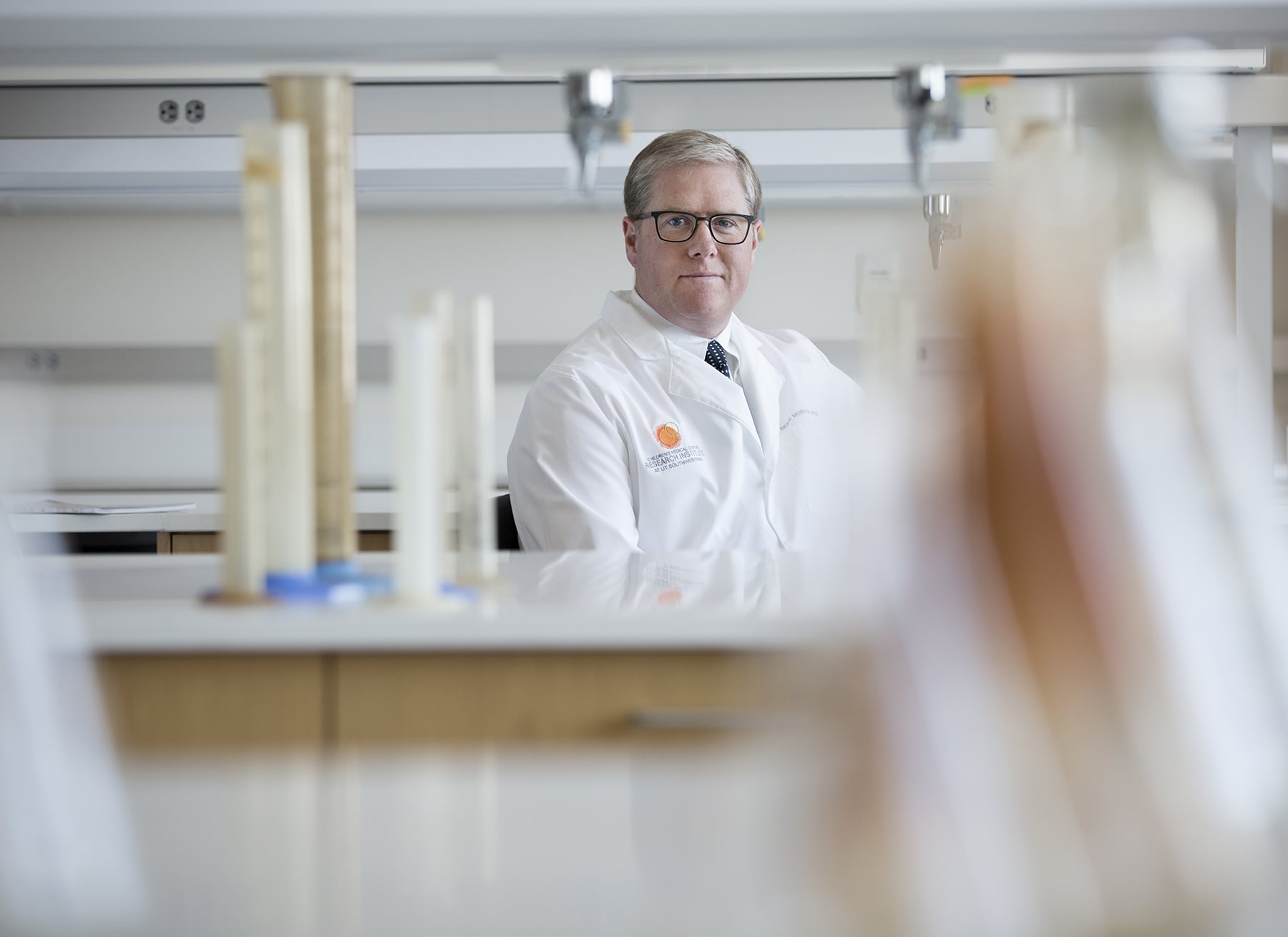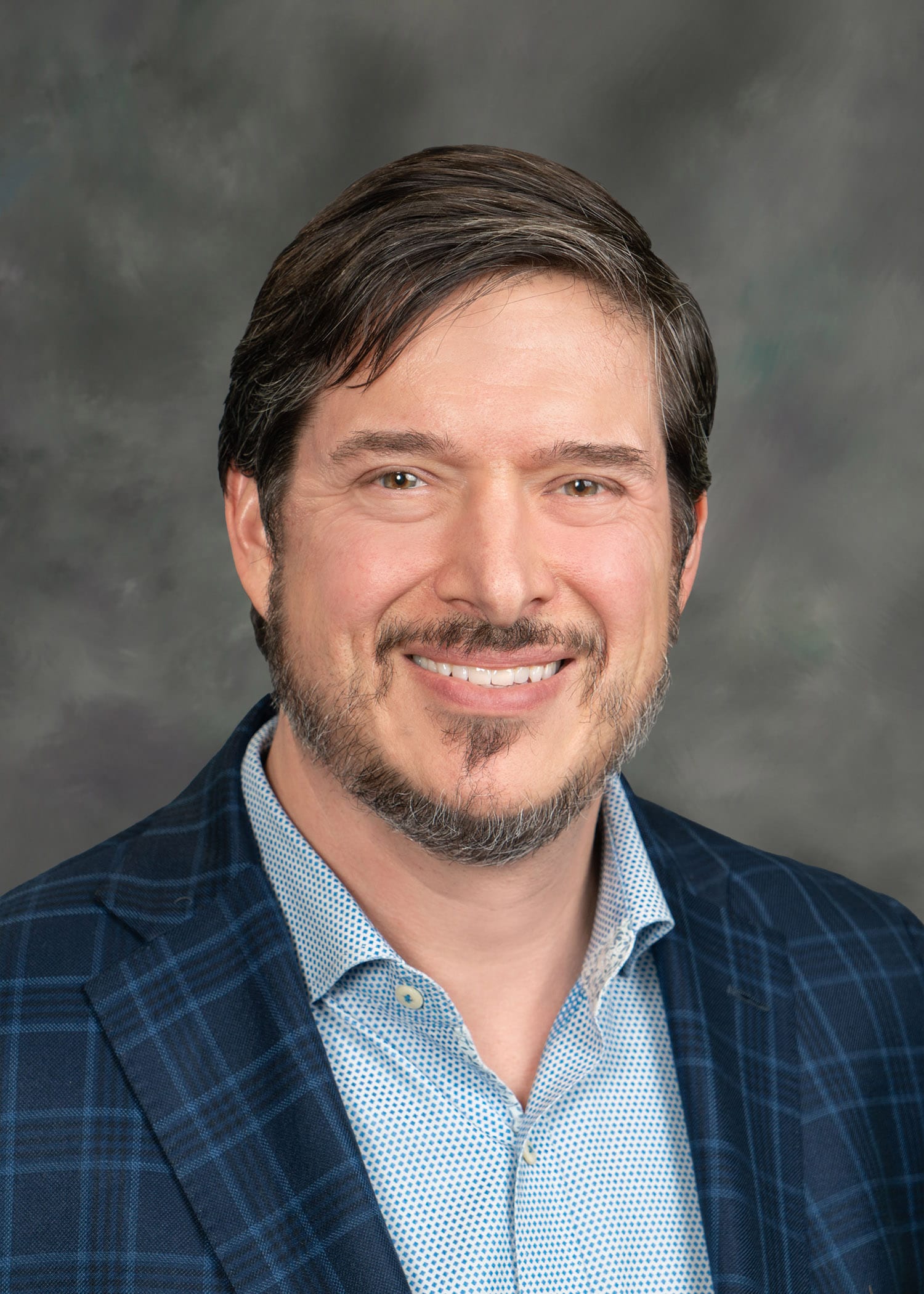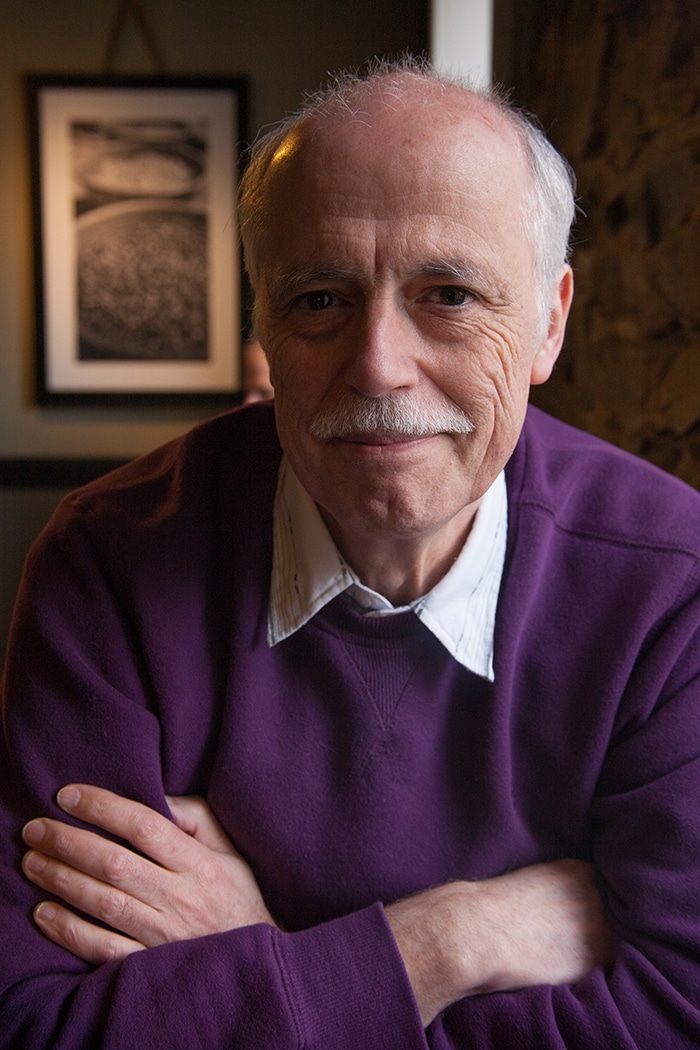
Aging research expert Dr. Sean Morrison recently gave a talk at the National Institutes of Health on the aging of stem cells. In our latest installment of our Expert Q & A series, we talked with Dr. Morrison about his work.
Q: Can you tell us more about you?
SM: I am director of the Children’s Research Institute at UT Southwestern. I earned my bachelor’s degree in biology and chemistry from Dalhousie University in 1991 before completing my Ph.D. in immunology at Stanford University in 1996, where I developed methods for the isolation and characterization of blood-forming stem cells. I completed my postdoctoral fellowship in neurobiology at Caltech in 1999, where I developed methods for the isolation and characterization of neural stem cells. Then I took a faculty position at the University of Michigan, where my lab studied the mechanisms that regulate stem cell self-renewal and tissue regeneration in the hematopoietic and nervous systems. I was recruited to UT Southwestern Medical Center in 2011 to found Children’s Research Institute. I have been active in public policy issues surrounding stem cell research and served as president of the International Society for Stem Cell Research from 2015-2016. Outside of the lab, I enjoy golf and hockey.
Q: What led you to your interest in the study of stem cells?
SM: Throughout my career, I’ve been attracted to the idea of studying things that no one studied before. Twenty-five years ago, when I was working on my Ph.D., there were many unanswered questions surrounding stem cells. Since then, an enormous amount has been learned, but fundamental questions remain.
For all of us at CRI, we want to make discoveries that have the potential to improve the treatment of diseases and ultimately cure somebody who would not be cured otherwise. By better understanding the mechanisms by which stem cells maintain adult tissues and how cancer cells hijack these mechanisms, we expect to solve real world problems and to help patients.
Q: What are the links between stem cells and aging that you are finding in your work?
SM: Much of age-related morbidity in mammals may be determined by the influence of aging on stem cell function. We have found that stem cells from the hematopoietic and nervous systems undergo strikingly conserved changes in their properties as they age, including declining self-renewal capacity.
We have identified a network of heterochronic gene products that regulates stem cell maintenance throughout life, while also regulating the temporal changes in stem cell properties required to match the changing growth and regeneration demands of tissues as they age. For example, during adulthood Hmga2 expression declines, while let-7 expression and Ink4a expression increase, reducing stem cell function in multiple tissues. By deleting Ink4a from mice, we partly rescued the decline in stem cell function with age and enhanced the regenerative capacity of aging tissues. Networks of proto-oncogenes and tumor suppressors thus change throughout life to balance tissue regeneration with tumor suppression. Proto-oncogenic signals dominate during fetal development, when tissue growth is rapid but cancer risk is low, and tumor-suppressor mechanisms are amplified during aging when there is little tissue growth, but cancer risk is high. In fact, the activation of tumor suppressors in aging stem cells helps to explain why regenerative activity declines in aging tissues.
Q: Could you summarize your presentation you gave at the National Institutes of Health in November?
SM: We recently discovered that stem cells take up unusually high levels of vitamin C, which they use to regulate their function and suppress the development of leukemia.
To test if ascorbate is important for stem cell function, we used mice that lacked gulonolactone oxidase (Gulo). Loss of the enzyme requires Gulo-deficient mice to obtain ascorbate exclusively through their diet like humans do. This gave us strict control over ascorbate intake by the mice and allowed us to mimic ascorbate levels seen in the lowest 5 percent of healthy humans. At these levels, we expected depletion of ascorbate might lead to loss of stem cell function, but were surprised to find the opposite was true – ascorbate depletion increased stem cell frequency and stem cell function. However, this gain in stem cell function came at the cost of increased leukemia.
Watch Dr. Morrison’s talk at the NIH
These observations showed us that ascorbate is a tumor suppressor that accumulates in stem cells to impair their transformation into cancer cells. Ascorbate negatively regulates stem cell function and suppresses leukemogenesis partly by promoting Tet2 function.
Mutations that reduce Tet2 function promote the development of clonal hematopoiesis and are an early step in the development of leukemia. Ascorbate depletion can limit Tet2 function in tissues in a way that increases the risk of leukemia.
These findings have implications for older patients with clonal hematopoiesis, where one of the most common mutations is a loss of one copy of Tet2. Clonal hematopoiesis is a pre-leukemic condition in which a single mutant clone of hematopoietic stem cells accounts for a disproportionate share of hematopoiesis. Our results suggest patients with clonal hematopoiesis should be particularly careful to get 100 percent of their daily vitamin C requirement. Because these patients only have one good copy of Tet2 left, they need to maximize the residual Tet2 tumor-suppressor activity to protect themselves from cancer.
Q: What practical, real-world applications do you hope your work will lead to?
SM: I hope our work will lead to better management of clonal hematopoiesis in older people, reducing the incidence of leukemia and perhaps cardiovascular disease by optimizing ascorbate nutrition.
Q: Why study the aging process?
SM: In humans, aging is associated with reduced tissue regeneration, increased degenerative disease, and cancer. Because stem cells regenerate many adult tissues and contribute to the development of cancer by accumulating mutations, age-related changes in stem cells likely contribute to age-related morbidity.
I am interested in the mechanisms that regulate stem cell aging because they are critical for understanding how regenerative capacity is preserved in certain tissues throughout adult life and why that capacity declines with age.
Q: What is the most enjoyable aspect of your work?
SM: Discovering things that nobody knew existed and then testing whether the insights can be used to improve human health.





